For centuries, the entrance to Rome for those arriving from the north was through Porta Flaminia and Piazza del Popolo.
The three roads of the Sistine Trident started from here.
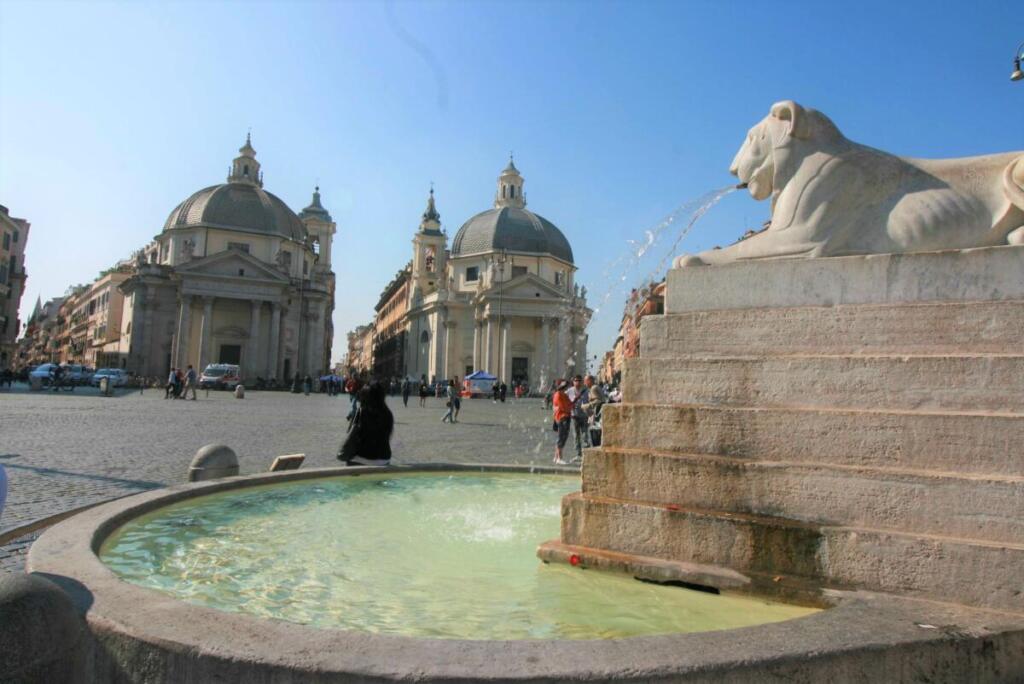
In the centre was via del Corso, the ancient via Flaminia, which became via Lata, where the horse race was always held during certain celebrations such as the Roman Carnival, which then led to the Capitol.
Then there was via di Ripetta, which passed near the port of the same name and took pilgrims to Saint Peter passing in front of Castel Sant'Angelo.
The third was Via del Babbuino which led to Piazza di Spagna. The road was so called from an ancient statue found on the spot and not better identified, called by the people "the baboon".
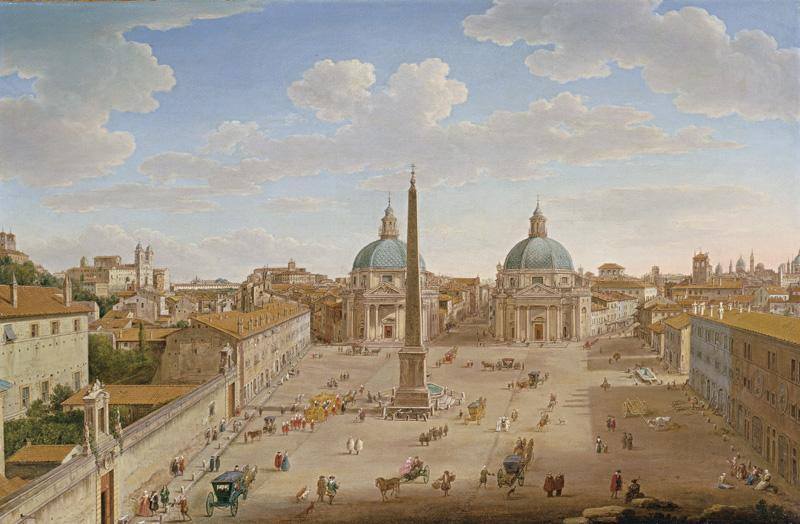
The twin churches had been placed to separate the three streets in the seventeenth century and, in the centre of the square, Sixtus V had the large Roman obelisk placed.
After the fall of Napoleon and the restoration of the state of the Church with the Congress of Vienna in 1815, Pope Pius VII wanted to sign this rebirth with some urban interventions.
So the following year the pope approved the project, designed by Giuseppe Valadier, to give the square an elliptical shape, with the ramps down from the Pincian Hill, and with the fountains at the base of the obelisk.
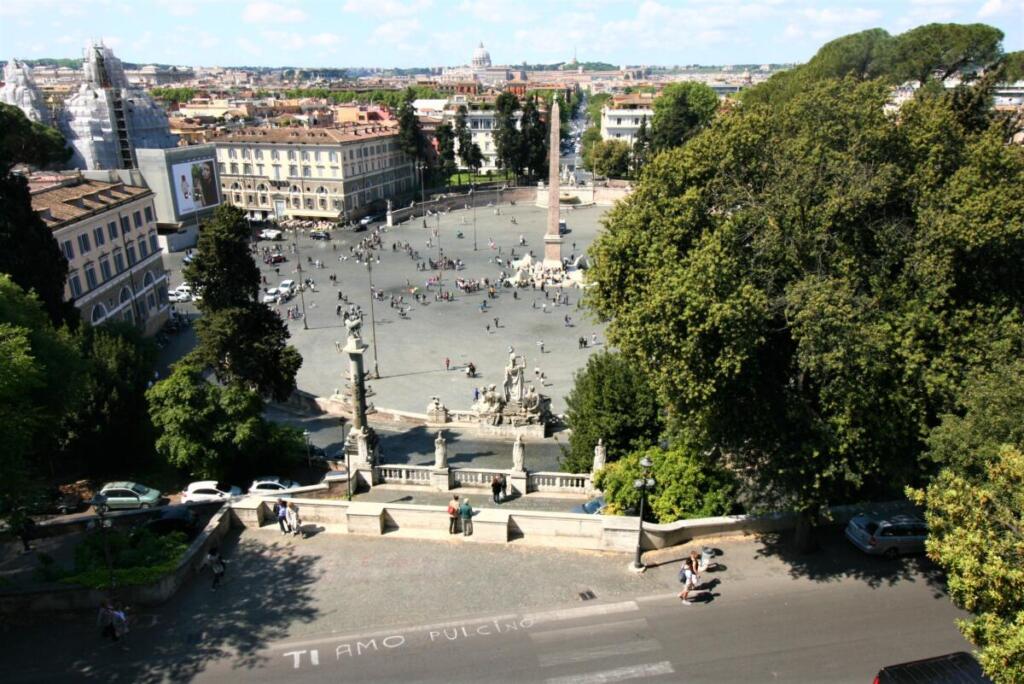
In 1822 this masterpiece of urban planning, urban furniture and landscape insertion was completed. Valadier, architect and goldsmith born in Rome, made many other works, from 1800 to 1832.

He had designed the large clock on the facade of San Pietro, then he had become the architect for the Torlonia, the richest family in the city. For them he had designed the inhabited centre of Fiumicino, their fiefdom, and the large villa on via Nomentana which in 1923 would become Mussolini's residence.
Valadier oversaw the new arrangement of Ponte Milvio, as well as the churches of San Rocco at the Ara Pacis and San Pantaleo at Corso Vittorio.
In the early nineteenth century, the Pincian Hill was the centre of much attention.
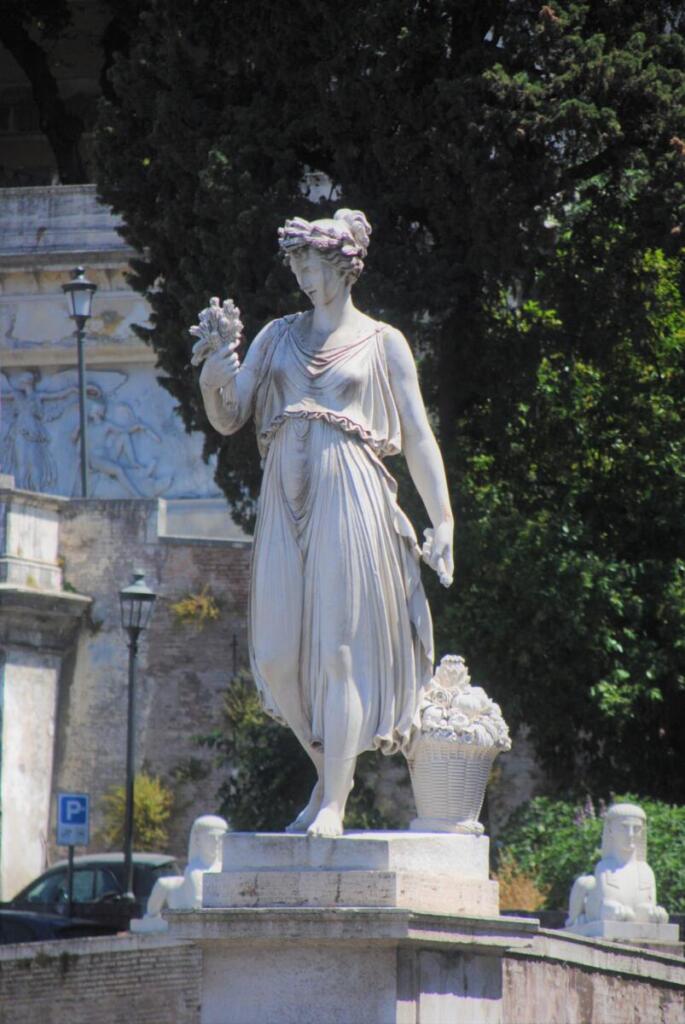
In August 1803 Napoleon's sister Pauline had married Prince Camillo Borghese and had come to live in Villa Borghese.
The same year his brother purchased Villa Medici, from the Grand Duke of Tuscany, to create the Academy of France, which is still active today.
The most important architect of the time, Giuseppe Valadier, in designing the arrangement of the Pincian Hill with the ramps to go down to Piazza del Popolo, in 1810 conceived a splendid neoclassical construction as a meeting and refreshment point, the Casina Valadier, from which you can enjoy a unique panorama of the city.





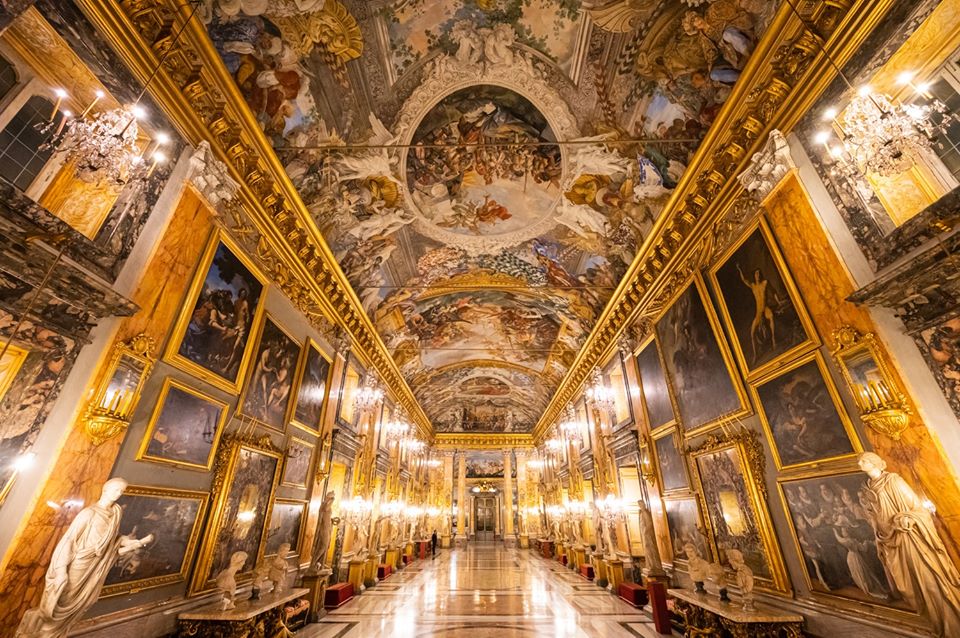

Follow us